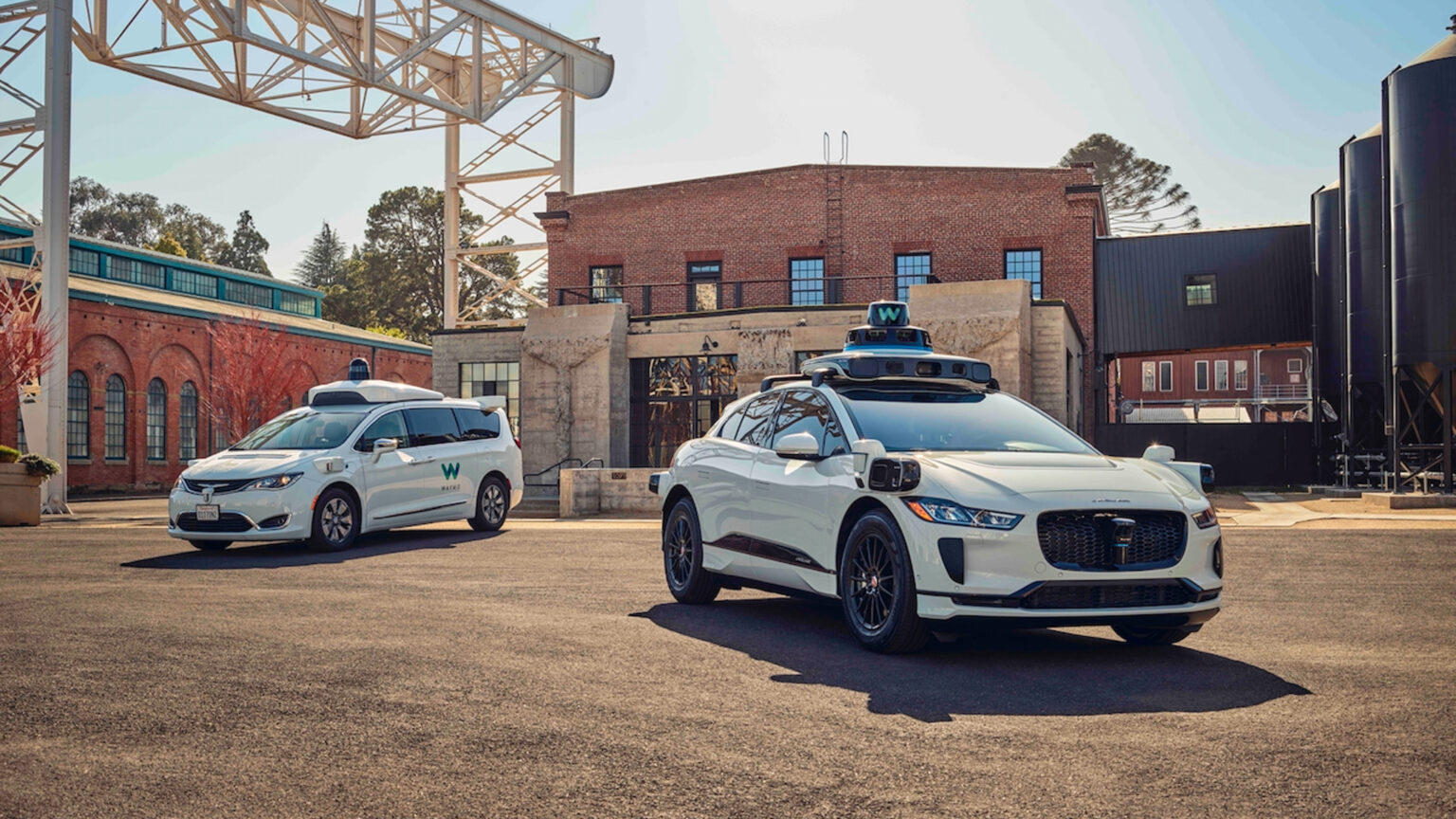We’ve got a problem with how companies advertise and promote advanced driver assistance systems. To get this out of the way early: You cannot buy a car today that can drive itself. Even the most advanced driver assistance tech requires a person to be available at all times, and people who test that statement often end up in a wreck. Volvo’s CEO seems to be on the right page with autonomy, telling Australian media that autonomous vehicles are a “long way off.”
The Volvo CEO outlined his views on autonomy, which are far simpler than the SAE Level system we use now. Rowan explained that a vehicle either requires driver input or it doesn’t. The cars we have today offer assistance systems and help augment the driver’s senses, but none can drive themselves without help.

Rowan’s view that autonomy is a long way off isn’t surprising. Marketing speak has brought us to the point that people are putting themselves in danger, believing their car can safely carry them through. In reality, terms like “full self-driving” and “autopilot” are not indicative of what a vehicle can or cannot do. Tesla’s systems reach Level 2 autonomy but still require a person standing by, ready to take the wheel. Other systems, such as Ford’s Blue Cruise and GM’s Super Cruise, are in the same boat.
Why aren’t our streets packed with self-driving cars? The answer is a little more complicated than you may think. The challenge today is not so much with technology – Rowan confirmed that we have the capability for full autonomy – it’s with legislation and regulation. Just in the United States, we have 50 sets of traffic laws. Stretch that to a global audience, and it’s easy to see how things could spiral out of control.
Another issue is infrastructure. Our roads and communities aren’t designed for autonomous vehicles and don’t always facilitate their systems’ ability to understand what is happening. Lane design, lighting, and other areas may need work for AVs to work correctly. Unfortunately, infrastructure improvements are expensive, and governments have little incentive to move when adoption and interest levels appear so small.

For now, it’s essential to be aware of terminology if you’re new to car shopping and vehicle tech. Pay close attention to the functionality described in each system, as they could have fancy names like Audi’s Pre-Sense tech. Despite its buzzy title, the system can include forward collision warnings, automatic emergency braking, blind spot monitoring, and more. We may (hopefully) reach a point where companies are required to standardize the names for various systems, but until then, it’s up to you to make sure you understand what your vehicle can and can’t do.
SAE Levels of Driving Automation
The Society of Automotive Engineers (SAE) has defined the levels of autonomy and the degree of human intervention required. Levels 0-2 represent driver assistance features, while Levels 3-5 are considered automated driving features.
Level 0
Level 0 systems provide some warnings and can step in during an emergency but otherwise leave the driver in control. Automatic emergency braking, blind spot warnings, and lane departure warnings fall into this category.
Level 1
Level 1 systems can provide steering or braking support to the driver. Lane centering and adaptive cruise control are good examples of Level 1 systems because they build on Level 0’s functionality with a few extra assists.
Level 2
Level 2 systems provide steering and braking support to the driver. These systems, such as Blue Cruise, use lane centering and adaptive cruise control at the same time, which may make it feel like the car is driving itself. In reality, however, Level 2 still requires constant driver attention.
Level 3
SAE Level 3 systems can drive the vehicle in limited situations and deactivate if one or more conditions are not met. Mercedes-Benz is rolling out its system now, and others will follow. Level 3 systems include traffic jam chauffeurs, where the vehicle can pilot itself safely without driver input.
Level 4
Level 4 systems operate the vehicle in limited situations without driver input, such as a driverless taxi traveling a defined route. These vehicles may not have a steering wheel or pedals installed.
Level 5
Level 5 systems are considered fully self-driving and do not require any driver interaction to operate safely. The SAE considers Level 5 systems safe for autonomous operation in all conditions.









